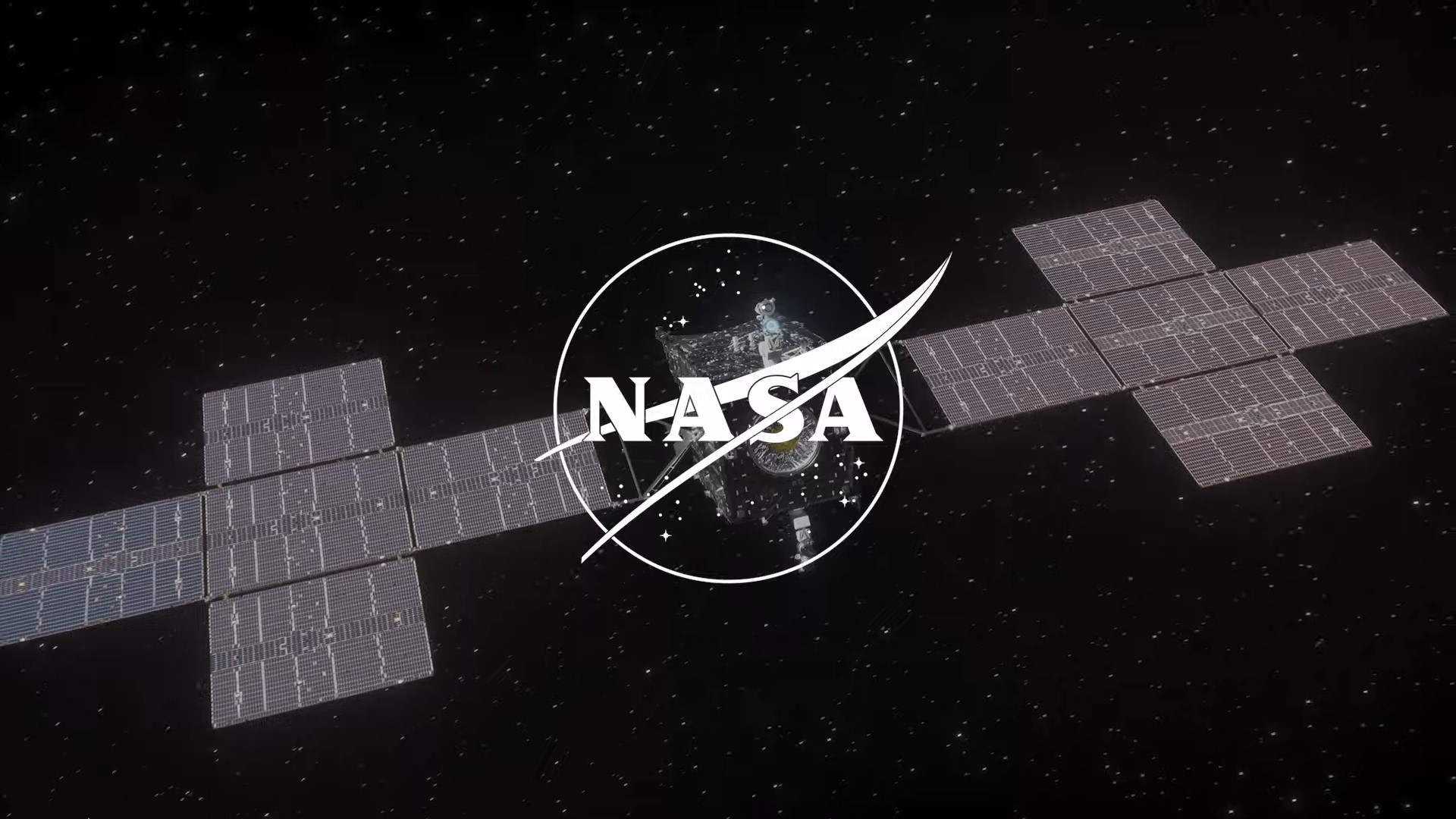NASA streamed 8K cat video over 18 million miles with a laser at 267 Mb/s — next transmission will come after traveling 2.2 billion miles
Unofficially, it's also the first cat video to be streamed from deep space, too!

NASA Deep Space Optical Communications successfully conducted an experiment involving streaming an ultra HD video clip 19 million miles (equivalent to 80 times the distance between the Earth and the moon) from deep space to Earth. The 15-second test video took 101 seconds to reach Earth at a speed of 267 Mb/s.
The communications technology and the video are a part of NASA's Psyche mission, launched on October 13. The psyche spacecraft is currently en route to an asteroid belt 2.2 billion miles from Earth between Mars and Jupiter, where it will send another high data rate signal.
The Tech Behind the (Almost) Live Video Stream
The deep space laser transmission technology is designed to work over distances between ten to a hundred times greater than the current radio frequency used by many of NASA's deep space missions. The new laser-based technology is embedded in a flight laser transceiver. The success of this experiment enables NASA to have almost live ultra HD video and audio communication with any future deep space missions.
The system uses an encoded laser stream from the Psyche spacecraft to the Hale Telescope at Caltech's Palomar Observatory in San Diego County, California. This was then streamed to NASA's Jet Propulsion Laboratory in South California. To blend with the theme of establishing a video link via lasers, the team used a video of a JPL employee's cat chasing lasers over the couch.
The video also included overlayed graphics containing different color spectrums, graphics, Psyche's flight trajectory, random data, and other details in different sizes to ensure no video quality degradation. Video clarity with minimal to no loss is important as the stream would include mission-critical information from onboard computers. The next transmission may also include a video-on-video overlay for further analysis.
Since the next experiment will involve a transmission after traveling 2.2 billion miles to the mineral-rich asteroid belt, it will be interesting to see the impact on the latency and quality of the video. Regardless, a 101-second delay over 19 million miles is nothing but extraordinarily groundbreaking because it establishes that the technology can work flawlessly, allowing further development and even integrating a telescope similar to or better than the Hale telescope for future deep space missions.
Get Tom's Hardware's best news and in-depth reviews, straight to your inbox.

Roshan Ashraf Shaikh has been in the Indian PC hardware community since the early 2000s and has been building PCs, contributing to many Indian tech forums, & blogs. He operated Hardware BBQ for 11 years and wrote news for eTeknix & TweakTown before joining Tom's Hardware team. Besides tech, he is interested in fighting games, movies, anime, and mechanical watches.
-
George³ Distance for next connection isn't 2.2B mi. Asteroid belt is far close to Earth. Yes, choose trajectory of probe have long way to go before reach Asteroid belt, this is not problem for radio waves and laser beam which will fly the shortest distance.Reply
The distance between the Asteroid Belt and Earth varies considerably depending on where we measure to. Based on its average distance from the Sun, the distance between Earth and the closest edge of the Belt can be said to be between 1.2 to 2.2 AUs, or 179.5 and 329 million km (111.5 and 204.43 million mi).
Text is from "Universe today". -
bolweval Reply
Maybe you should call NASA and let them know before it's to late!George³ said:Distance for next connection isn't 2.2B mi. Asteroid belt is far close to Earth. Yes, choose trajectory of probe have long way to go before reach Asteroid belt, this is not problem for radio waves and laser beam which will fly the shortest distance.
Text is from "Universe today". -
George³ Reply
I doubt that the agency as a whole has a problem with facts. Perhaps some sensation was sought in the framing of this article, and that is why the largest number that the one who compiled it was able to arrive at is mentioned.bolweval said:Maybe you should call NASA and let them know before it's to late! -
Paul Alcorn From NASA's description of the Psyche mission:Reply
"Highlights from the Oct. 13, 2023, launch of NASA’s Psyche spacecraft, which will travel 2.2 billion miles to a metal-rich asteroid in the main asteroid belt between Mars and Jupiter. Psyche lifted off from NASA’s Kennedy Space Center in Florida at 7:19 a.m PDT (10:19 a.m. EDT)."
Source:
AwCiHscmEQEView: https://www.youtube.com/watch?v=AwCiHscmEQE&ab_channel=NASAJetPropulsionLaboratory -
George³ Reply
Yes this is how long will travel probe because isn't possible to reach Asteroid belt following shortest line between Earth and belt. Laser beam didn't limited by gravity. Optical line between probe and Earth to date of next connection will be a few hundred million miles.PaulAlcorn said:From NASA's description of the Psyche mission:
"Highlights from the Oct. 13, 2023, launch of NASA’s Psyche spacecraft, which will travel 2.2 billion miles to a metal-rich asteroid in the main asteroid belt between Mars and Jupiter. Psyche lifted off from NASA’s Kennedy Space Center in Florida at 7:19 a.m PDT (10:19 a.m. EDT)."
Source:
AwCiHscmEQEView: https://www.youtube.com/watch?v=AwCiHscmEQE&ab_channel=NASAJetPropulsionLaboratory -
Eximo In shorter words. The difference between flight path distance and average orbital distance. It is important to note because it would be much more impressive to get that bandwidth at that distance.Reply -
Ralston18 Why not some series of interim transmissions along the way as paths and line of sight permit?Reply
Even if not equal increments I would think there is some value in knowing if all stops at some distance or another. E.g., 1 billion miles (arbitrary pick).
Or is 2.2 billion miles actually the next and only available window?
Just curious. -
USAFRet Reply
2.2B miles is the flight path.Ralston18 said:Why not some series of interim transmissions along the way as paths and line of sight permit?
Even if not equal increments I would think there is some value in knowing if all stops at some distance or another. E.g., 1 billion miles (arbitrary pick).
Or is 2.2 billion miles actually the next and only available window?
Just curious.
Line of sight transmission is much shorter. -
George³ Reply
Yes target for optical distance for next deep space laser communication demonstration is around 300 million kilometers or 186.4 million miles.USAFRet said:2.2B miles is the flight path.
Line of sight transmission is much shorter. -
Amdlova That proof the universe is flat and the earth its round. (Flat earth people will nuts)Reply